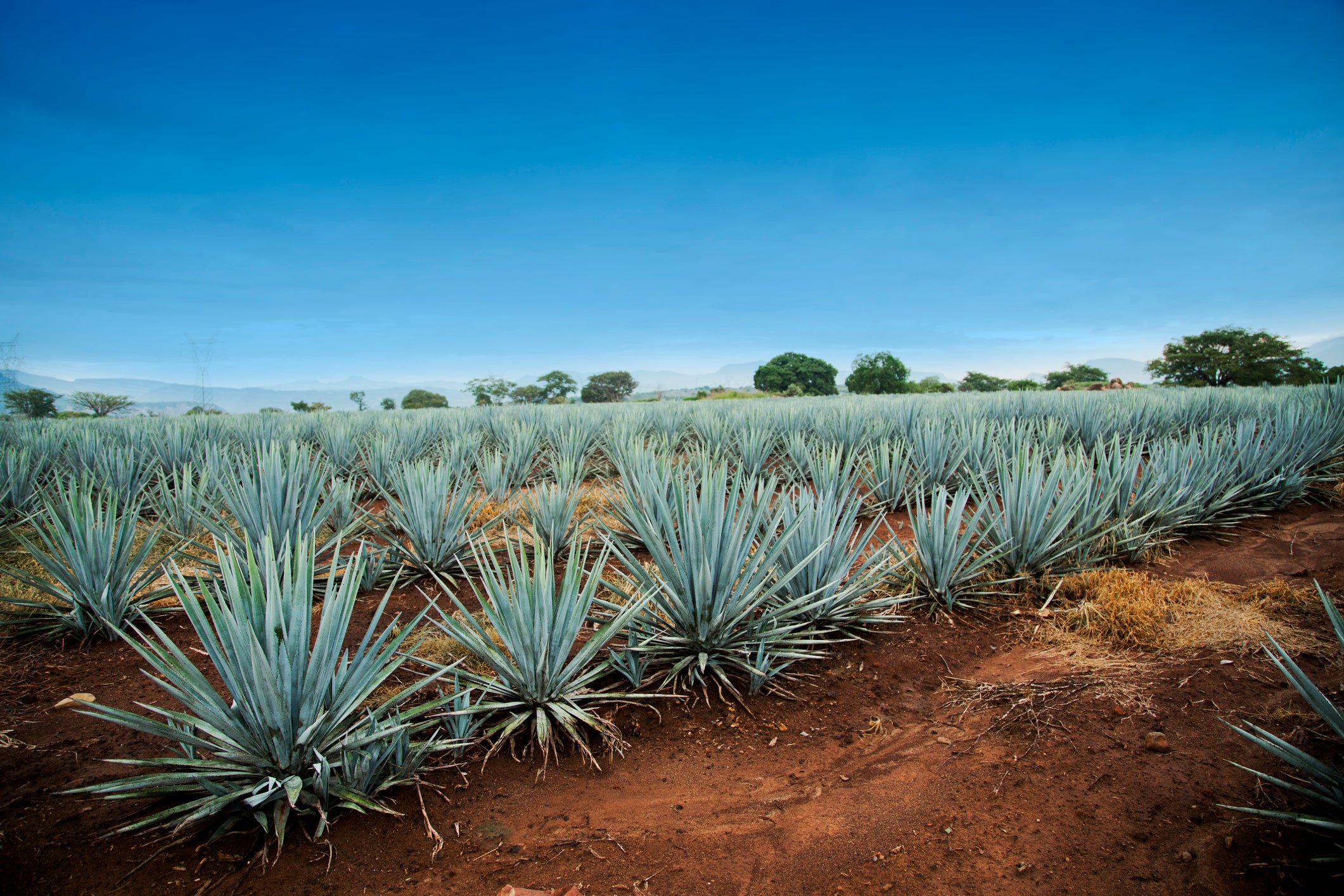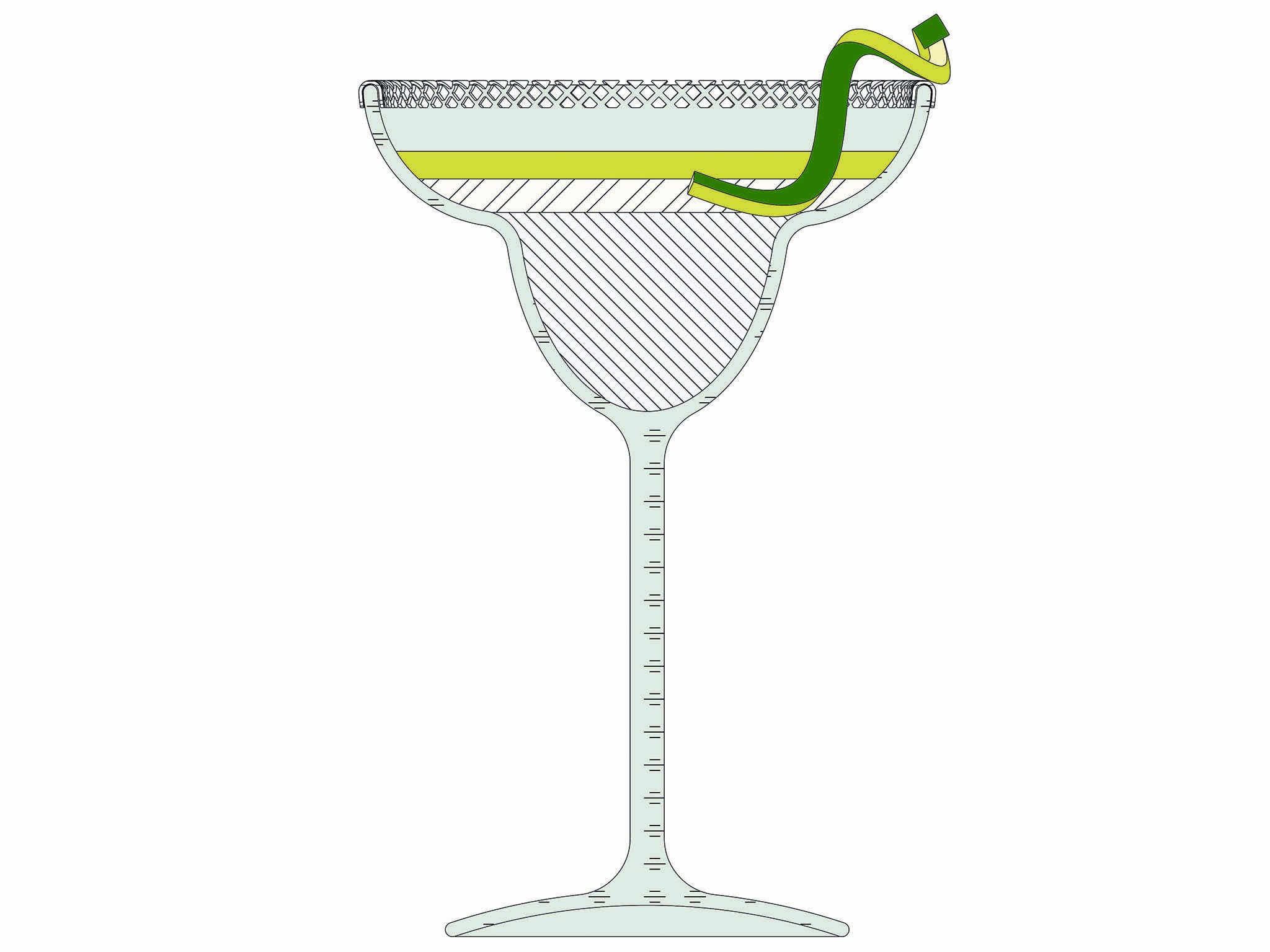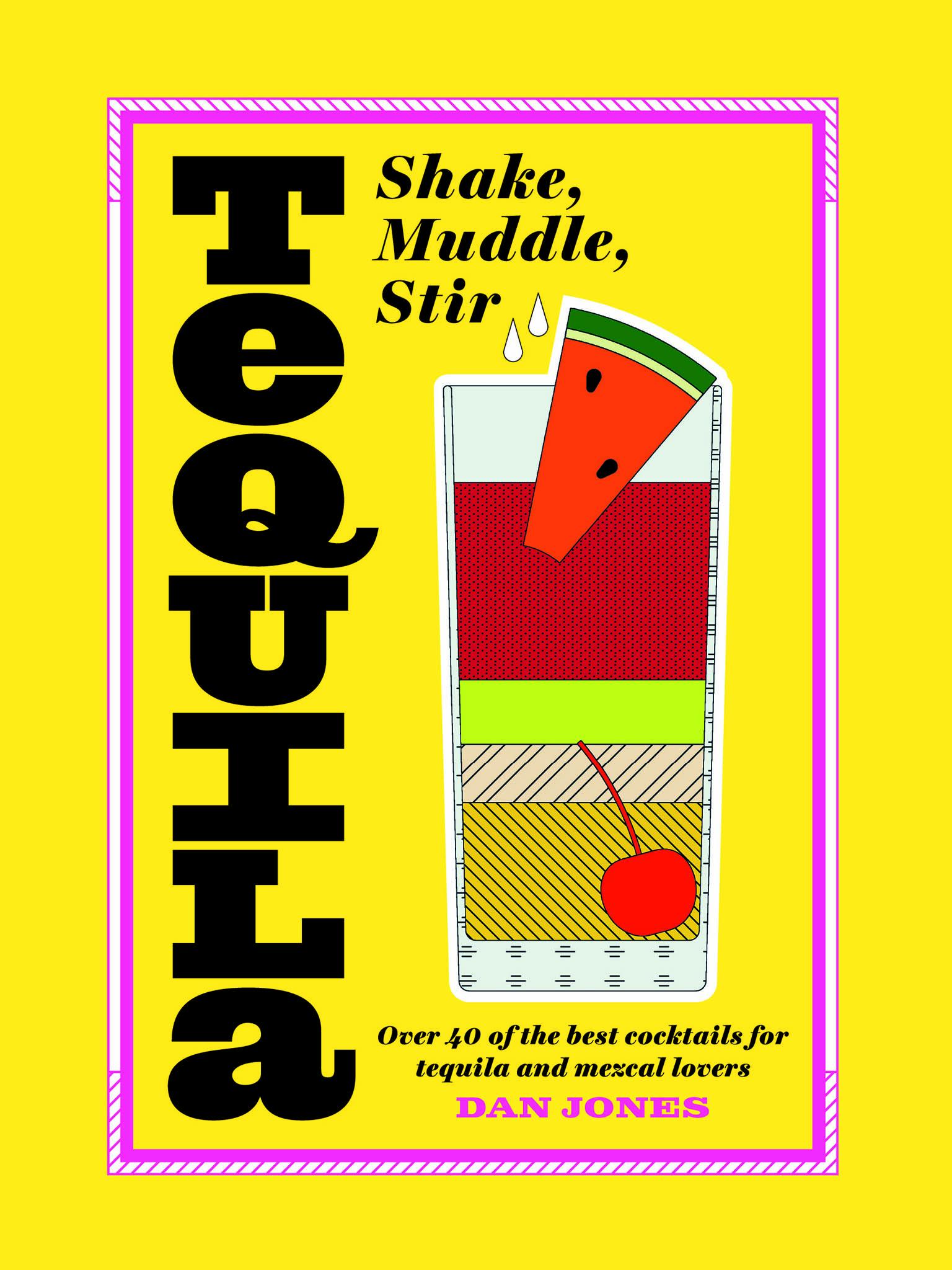The history of the misunderstood spirit of tequila
Tequila production dates back to the 13th century, and it’s come a long way since then. But the premium drink can be used for much more than just shots, says Dan Jones

Your support helps us to tell the story
From reproductive rights to climate change to Big Tech, The Independent is on the ground when the story is developing. Whether it's investigating the financials of Elon Musk's pro-Trump PAC or producing our latest documentary, 'The A Word', which shines a light on the American women fighting for reproductive rights, we know how important it is to parse out the facts from the messaging.
At such a critical moment in US history, we need reporters on the ground. Your donation allows us to keep sending journalists to speak to both sides of the story.
The Independent is trusted by Americans across the entire political spectrum. And unlike many other quality news outlets, we choose not to lock Americans out of our reporting and analysis with paywalls. We believe quality journalism should be available to everyone, paid for by those who can afford it.
Your support makes all the difference.Guadalajaran skies, desert heat, verdant blue-green leaves, distilled down via an ancient recipe into a crystal-clear, power-punch of a spirit. The roots of our most beloved, hangover-inducing inebriant go all the way back to the 13th century.
Agave was an important part of life in pre-Hispanic Mexico: the dense fibres were perfect for mats, ropes, possibly wigs, but people also had another use for the plant: they loved to booze around with agave juice.
Pulque was their favourite drink, a fermented, milky coloured, yeasty agave juice concoction that pre-Aztec civilisations had the good sense to distil. North American fascination with tequila began during prohibition, and surfaced again in the Second World War when European spirits were hard to come by.
However, it wasn’t until 1944 that the Mexican government decreed the spirit could only be made in Jalisco, Mexico.
There have been tweaks and upgrades to the laws of tequila production ever since but, like champagne and cognac, it remains a product of origin and can only legally be made in the states of Jalisco, Tamaulipas, Nayarit, Michoacán and Guanajuato.
Today, there are more than 100 distilleries in Mexico that proudly create over 900 brands of tequila (and more than 2,000 new brand names have been registered), much to the delight of margarita-lovers and spirit-sippers.
The science bit
The recipe for tequila is startlingly simple. All you need is agave, yeast and water, a few years for your crops to mature, oh, and a donkey or two. Jimadores (agave farmers) harvest the piña (heart) from the centre of the huge Weber blue agave at the perfect point in its life cycle (by all accounts, a rare, almost esoteric skill passed down through generations).
The piña is chopped up and gently steam-baked in a brick oven for a few days (or in an industrial pressure cooker for a shorter cook time) and – slowly – the heart softens as the starch turns to sugar. The cooked piña is shredded like pulled pork, then crushed (often on a stone wheel, sometimes by donkeys) to extract the aguamiel, or juice, which is poured into heated wooden tanks.
The nectar ferments for a week or two – the yeast found naturally on the leaves of the agave plant is traditionally used to speed up the process – and then it’s distilled two to three times, water is added and it’s aged in wooden tanks or vats.
Each producer’s distillation process, ageing time and vessel give the tequila its unique flavour notes and aroma. It takes between 14 and 21 days to create the perfect white, clear-as-crystal tequila, while ageing the spirit for two months creates a pale gold tequila, drawing in some of the flavours and hues of the wood. Ageing the spirit from two to 364 days creates reposado (rested) tequila, and one year and beyond is known as anejo or aged tequila (and it’s delicious).
As a product of origin, tequila can only be created in five Mexican municipalities, but almost every drop of tequila you drink is made in the Mexican state of Jalisco. Premium tequila makers pride themselves on using 100 per cent blue agave, although the legal requirement is only 51 per cent. Tequila is sometimes blended with a neutral spirit made from cane sugar, creating a mixto tequila, which is almost always of a lower quality.
The production of mezcal is similar to tequila, though a little less regulated, meaning it is produced in eight Mexican states. If tequila is the fruit of a gently caressed, steam-bathed process, mezcal is a made with a little more thrill: piña from agave (not usually Weber blue) is roasted in underground pits, giving it its trademark smoky, earthy tang.
There’s a twist in the story of tequila and mezcal, and it’s to do with the agave plant. There are roughly 200 types of agave, most are native to Mexico, and only 40 are made into liquor. To reach premium ripeness, the plant has a slow – sometimes decades-long – maturation.
This makes it difficult to farm, and even harder to anticipate just how much you’ll need in, say, 15 years’ time. Add to that the fact that to harvest agave is to kill the plant itself and it means many are worried about it becoming endangered.

The perfect margarita
If it ain’t broke… Perfectly balanced, this classic cocktail must be sipped ice cold and, once your eyes uncross, you can make another.
Lime wedge for salt rim
Sea salt for salt rim
Silver tequila 60ml (2oz)
Triple sec 30ml (1oz)
Lime juice, freshly squeezed 30ml (1oz)
Lime twist to garnish
Equipment shaker, strainer, saucer for the rim

Squish a lime wedge along the edge of a chilled glass and dip in sea salt.
Shake the tequila, triple sec and lime juice vigorously over ice and strain into the glass.
Garnish with the lime twist.
Glass type: margarita or large wine
TIP: Get messy! The lime juice and salt rim should look deliciously clumpy – just how it’s supposed to be.
Extracted from ‘Tequila: Shake, Muddle, Stir’ by Dan Jones (Hardie Grant, £10) Illustrations © Daniel Servansky
Join our commenting forum
Join thought-provoking conversations, follow other Independent readers and see their replies
Comments